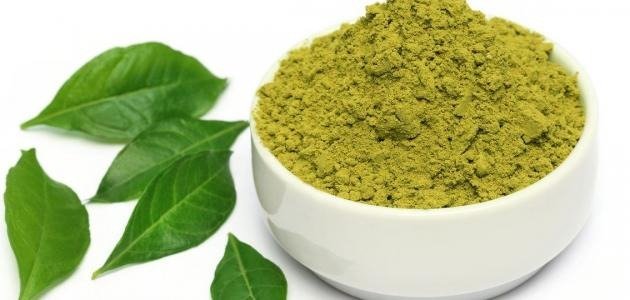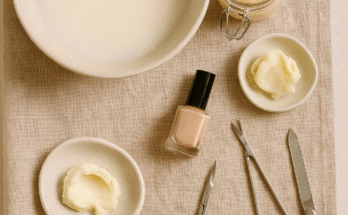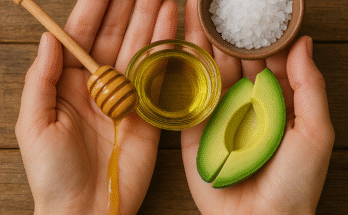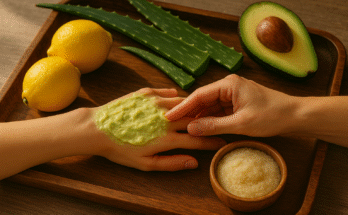The Benefits of Henna for the Body
Henna (Lawsonia Inermis) is an earthy green powder with a distinctive aroma. Traditionally used for body art, hair dye, wound healing, and perfume-making, this plant thrives in hot climates, making it abundant in tropical regions of Africa. Sudan and India are among the top global producers. Today, beauty companies fiercely compete to create henna powders tailored to cosmetic trends, especially as demand surges among women. However, beyond its decorative appeal, henna boasts remarkable health benefits. Let’s explore its wonders for the body and beyond!
Benefits of Henna for the Body
- Relieves headaches when applied to the temples.
- Eases joint pain, particularly in the hands, by applying paste to affected areas.
- Stops wound bleeding when sterilized henna leaves are pressed onto cuts.
- Strengthens gums and improves oral health through mouth rinses made from boiled henna stems.
- Boosts hair health, preventing split ends and adding vibrant shine.
General Uses of Henna
- Crafting natural dyes and medicated shampoos.
- Producing perfumes from its fragrant flowers.
- Adorning skin with intricate temporary tattoos.
- Preserving bodies in ancient mummification rituals, thanks to its antifungal properties.
Henna’s Magic for Hair
- Balances scalp oiliness.
- Offers a safe, natural alternative to chemical hair dyes.
- Stimulates growth, reduces hair loss, and thickens strands.
- Fights scalp infections and dandruff.
- Nourishes hair, enhancing strength and vitality.
- Shields hair from harmful UV rays.
- Deeply moisturizes dry or damaged locks.
How to Apply Henna to Hair
- Mix 100g henna powder with warm water to form a smooth paste.
- Let it sit overnight (6–8 hours) to activate dye release.
- Apply to dry or damp hair, section by section, for even coverage.
- Cover with a shower cap and leave for 3–4 hours.
- Rinse thoroughly, then shampoo and condition.
Tip: Use henna 1–2 times monthly for best results.
Pro Tips & Precautions
- Act fast! Clean henna stains immediately—they’re stubborn!
- Dab olive oil around hairline and ears to avoid skin staining.
- Avoid metal bowls or tools when mixing (chemical reactions can occur).
- Patch-test first to rule out allergies.
- Wear gloves and long sleeves during application.
- Avoid chemical dyes after henna—it’s semi-permanent!
- Never swap body art henna for hair dye (or vice versa).
Drawbacks of Henna for Hair
- Hard to remove—grows out only as hair is trimmed.
- Can clash with chemical dyes, making color unpredictable.
Henna Colors & Effects
- Neutral Henna: Adds golden highlights, repairs damage, and boosts shine.
- Red Henna: Imparts fiery red-orange tones while conditioning hair.
- Black Henna: Offers deep black hues but risks skin stains or allergies if misused.
Types of Henna Plants
- Baladi Henna (Local): Prized for rich pigments, dark stems, and medium leaves.
- Shami Henna (Syrian): Larger leaves, less fragrant blooms.
- Baghdadi Henna: Dark leaves and aromatic flowers.
- Thorny Henna: Smallest leaves but the most fragrant.
Whether you’re embracing its artistry or healing power, henna is nature’s multitasking gem—a timeless blend of beauty, tradition, and wellness!





